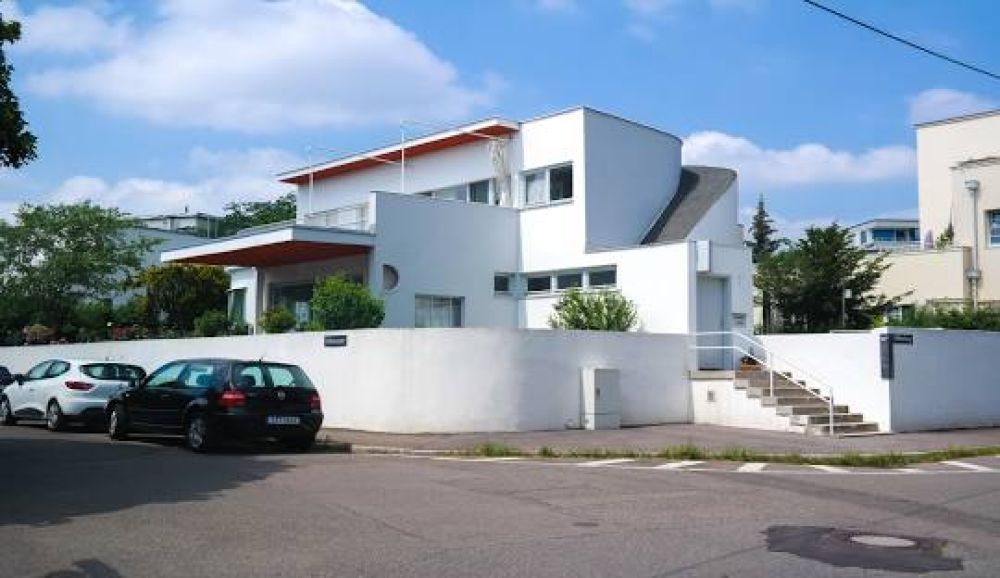

The Weissenhof Estate (Weissenhofsiedlung), situated in Stuttgart, Germany, represents a seminal project in the history of modern architecture. Developed for the Deutscher Werkbund exhibition in 1927, it was intended to showcase what was then radical and innovative in residential architecture.
Designed by a collective of avant-garde architects, including the likes of Le Corbusier, Ludwig Mies van der Rohe, and Peter Behrens among others, this development marked a radical departure from traditional design towards a new modernist aesthetic. The estate comprises 33 buildings, each one contributing to the functionalist ideals of the 'Neues Bauen' movement of that time.
The Weissenhof Estate's journey as a tourist destination began shortly after its creation as the architectural community and enthusiasts traveled from around the world to witness the modernist marvel. Post World War II, while some structures suffered damage, the essence of the site persisted as a beacon of modern architectural thought. Its recognition as a UNESCO World Heritage Site in July 2016 increased its profile and tourist appeal significantly.
Tourists today can explore the estate, which stands as a testament to the Bauhaus and International Style movements. The Weissenhof Museum, located in the estate, offers insights into the complex's design philosophies and its role in shaping modern urban landscapes.
In recent years, the demand for authentic and educational travel experiences has seen heritage and architectural tourism gain popularity. The Weissenhof Estate capitalizes on this trend by offering guided tours that provide in-depth historical context, attracting architecture students, professionals, and enthusiasts alike.
Furthermore, the incorporation of augmented reality and virtual tours has made the Weissenhof Estate accessible to a global audience, enabling an interactive experience from afar. Initiatives for sustainability and preservation are also major considerations in modern-day tourism, influencing the maintenance and presentation of the site.
As travel norms evolve, the Weissenhof Estate continues to adapt, aiming to provide enriching experiences while preserving the integrity of the site for future generations. Emphasis on digital engagement and sustainable tourism are likely to shape the future strategies of the estate's tourism management.